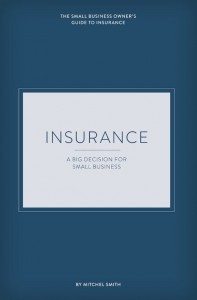Over the years, one thing I’ve consistently noticed is how little thought many business owners put into planning what they’ll do following a big loss. This isn’t really surprising with how many things an owner already has to do, but a bit of planning beforehand really pays off if a fire, tornado or other disaster hits.
The goal of Business Interruption and Extra Expense coverage is broadly two-fold. First, it pays those expenses that continue to be incurred and lost profits because your business isn’t operating. Second, it is also the funding mechanism for your recovery plans. You may be able to set up temporary operations or outsource certain operations in a fashion that allows your operations to continue wholly or partially until your own facilities are back up and running.
The point is to think about these things before the loss occurs. Not all businesses have the same exposures. For example, worker payroll is a very big expense for many businesses, but not everyone needs to insure it to the same extent. Compare a fast food restaurant — with very high employee turnover — to a machine shop with a group of experienced and highly trained workers. The fast food operation probably won’t worry if they have to dismiss their line employees during the rebuilding process. Conversely, the machine shop may end up permanently out of business if they let their employees to go unpaid for months; they’ll move on to new jobs and be unavailable when the business starts back.
The same is true of other aspects of the BI/EE exposure. An apartment owner is simply temporarily out of the rental business if his building is damaged. Contrast that to a wholesale distributor who may be able to continue operations out of a temporary location, albeit at a higher expense. In between, a retail store can rent an alternate location but will likely find it not as productive as their regular store that customers know.
Without dragging this out, the point is that a business owner needs to contemplate what his business could do in response to a major disaster. Are temporary operations possible? If so, what would they entail? What will you do with your workers during the rebuilding period — can you afford to permanently lose them if they are laid off? Look at all of your expenses — which ones would you continue to incur despite the loss and which would temporarily decrease or cease until you are up and running again?
This analysis does two things. First it allows you to choose a limit of insurance for BI/EE that is appropriate for your company. Second, it helps clarify what can be done following a loss; you don’t want the day after to be the first time you’ve ever thought about the subject.

